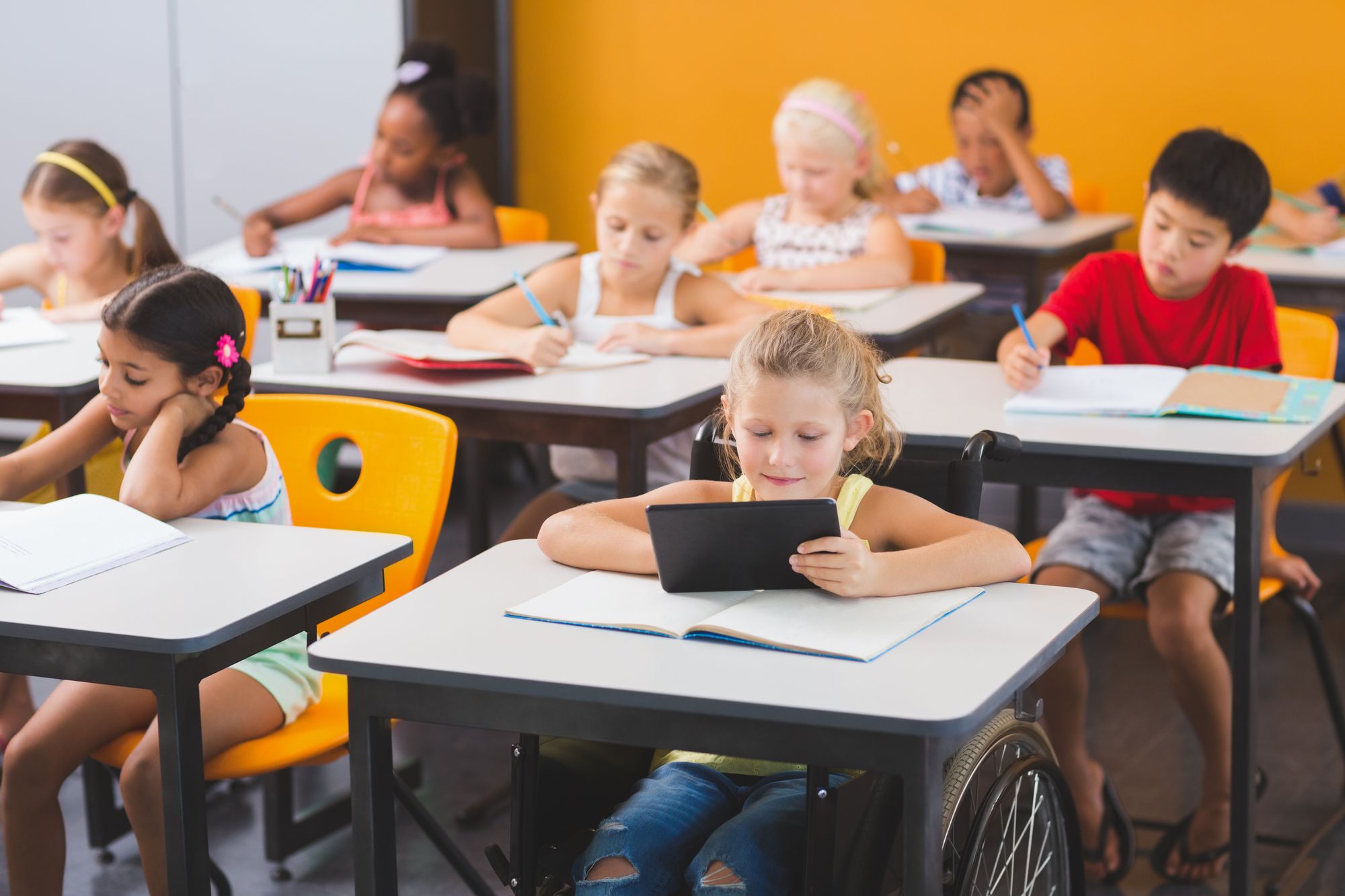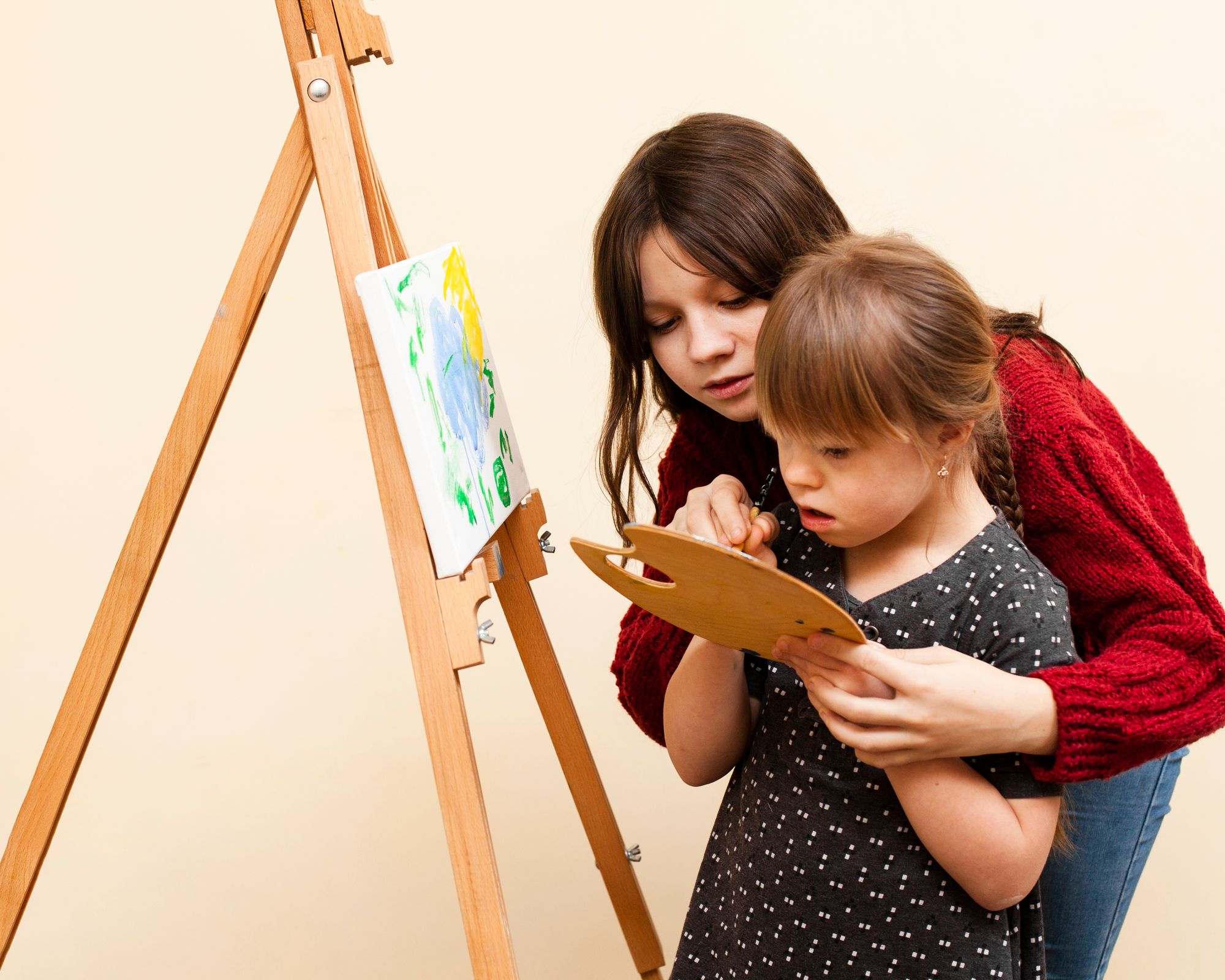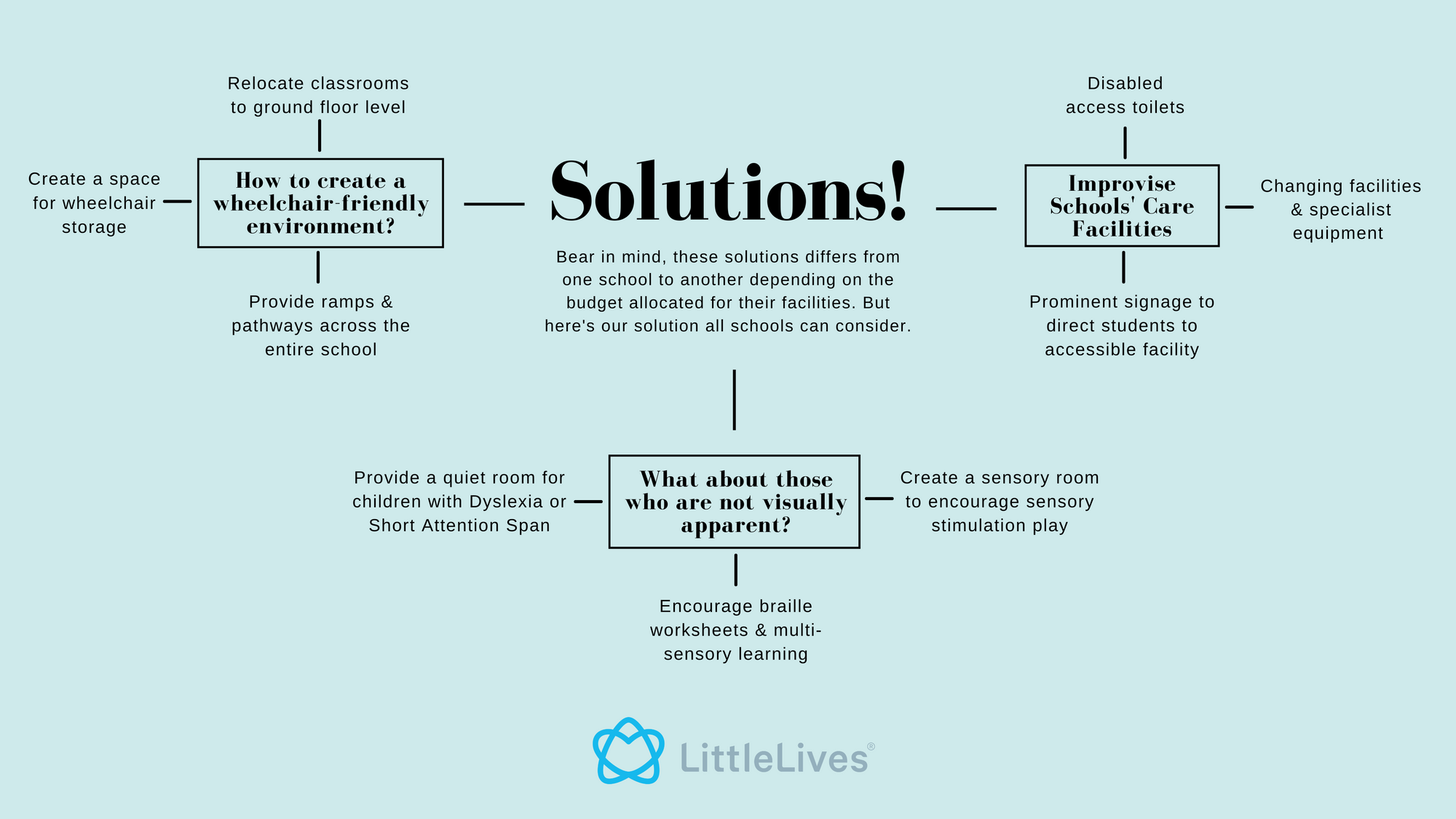How Schools Can Become More Inclusive

Education is widely recognised as a human right and a means of changing people's lives. That being said, the education system is at a great loss for widening the opportunity gap of disadvantaged children. Particularly for children with disabilities, who need to fight for equal access to quality learning.
Our lack of knowledge, support and guidance in the school system, often creates segregation and exclusion between children with disabilities. It is almost too common to see children with disabilities being excluded from daily school activities. More often than not, these children will leave school unprepared for adult life in the community.

Although 150 countries have ratified the United Nations Convention on the Rights of Persons with Disabilities (GRPD), these measures are still insufficient in ensuring that children with disabilities are given equal access to education along with other children. Unless there is an overall focus on guaranteeing inclusivity throughout the educational system.
Create a safe space and an inclusive environment
Having served over 1500 schools across 15 countries, LittleLives has pooled together shared parent experiences in what to look out for when choosing the right schools for their children.
The aim is to create a safe space and an inclusive learning environment for students with disabilities and special needs. But of course, we must first overcome a major obstacle in our society – the stigma that disabled students are uneducable or should be excluded from education.

There are many reasons for their exclusion, such as physical inaccessibility, lack of adequate training in teachers and even discriminatory attitudes of the school staff. Simply sharing the same physical environment, but doing completely different tasks from other children, is not inclusive learning. And for this, it is critical to understand the concept of inclusion and to make it a goal for the school's community to embrace its values, be it teachers, administrators, parents and also kids.
Improving knowledge and skills of School Staff
Teachers and school staff should be given clear and proper guidance on how to handle children with special needs. This means increasing their exposure to inclusive learning by embedding core training, professional development and in-service training for all current teachers.
The idea is to promote a teaching culture that moves away from a one-size-fits-all approach. Teachers and school staff should lean towards the diverse needs of all learners and recognise that each student learns in a unique manner. When teachers have successfully identified how each student learns, they can then focus on building the strengths and talents of each individual. This training should not be limited to only teachers, but also school administrators, principals and also education officials.
We recently also talked about how schools can prepare an inclusive and accessible school for disabled students in the midst of the pandemic. Full article here.
However, school organisations should also be reminded that it’s totally fine to ask for specialist support when needed, to better respond to students with disabilities. After all, teaching new skills to children with disabilities is an important job, and getting ample support can help teachers feel more confident about teaching.

Establishing physical accessibility requirements for disabled children
Improving accessibility in schools should be more prioritised in school organisations. Whether it’s a private school or state-funded school, there are steps all educational facilities can take into consideration to better support students with disabilities. Here are some of our tips on where schools can start:
- Create a wheelchair-friendly environment. This seems to be one of the major problems for disabled children who need wheelchairs to move around. It’s not always possible for them to access the classroom or even worse – the school building, without needing assistance from other people. Poor accessibility not only affects their education performance but also their confidence.
- Keep in mind that not all disabilities are visible. It’s important to remember that children are affected by a wide range of disabilities and not all of them are visually apparent.
- Improvise Schools’ Care Facilities. Installing equipment that supports students’ clinical care is essential in giving students full access to quality learning.
Here are some suggestions for how schools can meet the physical accessibility requirements:

Inclusive education
Creating a space where students and disabled children can learn and interact together while sharing the same physical environment is how schools can become inclusive. Inclusive education is all about appreciating each individual’s differences and unique set of strengths and limitations. It is important to master life skills that go beyond education.
It is best to nurture this trait in children’s early years. Children will grow up to be adults, who will venture out to live in a world filled with people different from themselves. Hence, learning how to interact and work with different types of people is the key accomplishment of a great childhood.
Live in a world that is inclusive
Inclusion is more than just a teaching method; it is a way of life. Children pick up cues from adults very early in their childhood. If we are constantly making a big deal of people’s differences, best believe, your children will too.
All children really need is love, encouragement and support. These positive reinforcements are a great reminder to children with disabilities to know of their self-worth, confidence and determination to keep going even when times are tough. Providing your child with the sufficient support tools to work through challenges, will help them grow stronger and more resilient.

Here’s a gentle reminder to all teachers and parents – a positive attitude will not solve all the problems related to a learning disability, but it will give your child hope and confidence that things will improve and they will succeed at the end of the day.



